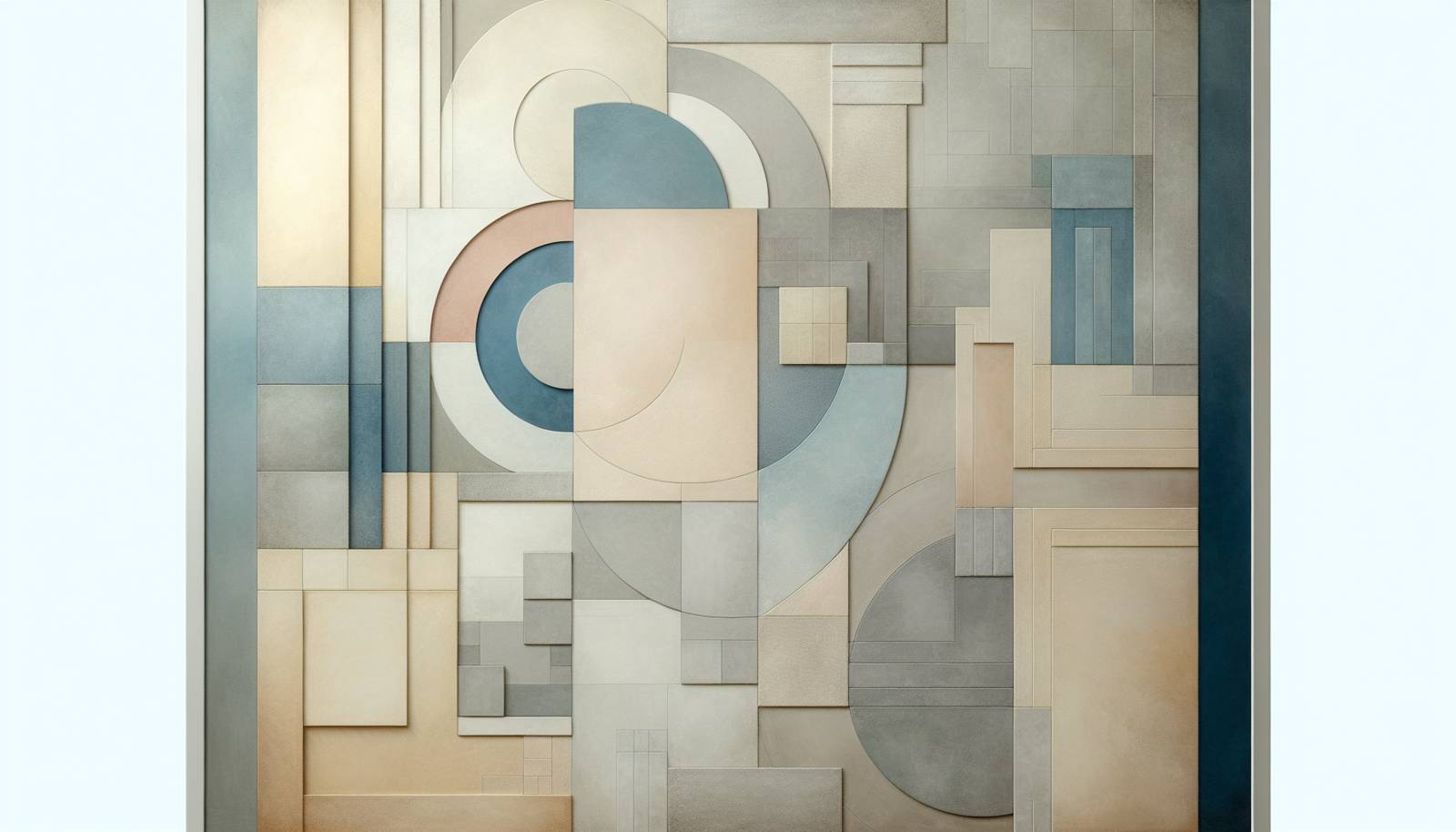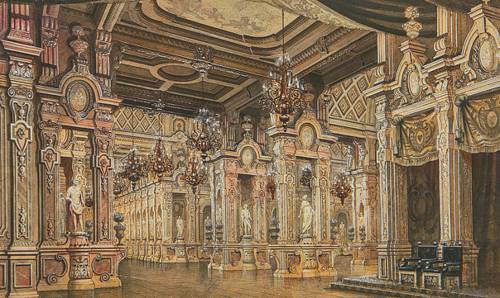
FAQ About The Evolution of Set Design in Theatre and Film

What is set design in theatre and film?
Set design, also known as scenic design, is the creation of the physical environment in which a theatrical production or film takes place. It involves the conceptualization and assembly of visual backgrounds, props, and furnishings that establish the setting and mood, contributing to the storytelling process. In theatre, this can range from simple backdrop paintings to elaborate 3D structures. In film, set design also includes the integration of visual effects and digital environments.

How has set design in theatre evolved over time?
Set design in theatre has evolved significantly from its origins in ancient Greek theatre, where minimal visual elements were used, to the Renaissance period, which introduced perspective and more elaborate scenery. The 19th century saw the rise of realism and naturalism in set design, emphasizing authentic and detailed environments. In the 20th and 21st centuries, technological advancements have allowed for even more creativity and complexity, incorporating digital projections and automated set changes.

What are some major innovations in film set design?
Film set design has seen numerous innovations over the years, including the use of miniatures and matte paintings in the early 20th century, the development of green screen and blue screen technology to combine live action with computer-generated imagery, and the use of digital sets and virtual reality to create entirely immersive environments. Additionally, 3D printing and computer-aided design have revolutionized the practical aspects of constructing sets.

Who are some renowned set designers in history?
Several set designers have made significant contributions to theatre and film. In theatre, names like Adolphe Appia and Edward Gordon Craig are celebrated for their pioneering work in modern scenic design. In film, Ken Adam, known for his work on the James Bond series, and Dante Ferretti, known for collaborating with directors like Martin Scorsese, are highly regarded for their impactful and innovative designs.

How does cultural context influence set design?
Cultural context plays a crucial role in set design as it helps convey the setting's authenticity and enriches the narrative. Set designers often draw inspiration from historical, social, and cultural elements pertinent to the story's time and location. This approach ensures that audiences can engage more deeply with the characters and plot, as the design reflects real-world aesthetics and customs from the specific era or locale depicted.

What is the difference between set design for theatre and film?
Set design for theatre and film differs primarily in scale and execution. Theatre sets are designed to be viewed from a distance, needing to communicate setting and mood effectively to a live audience, often with limited changes or resources. Film sets, however, can utilize close-up details, and multiple environments, and benefit from editing and camera work to enhance realism. Film also allows for digital environments and visual effects that are not possible in live theatre.

How do technological advancements affect set design?
Technological advancements have profoundly impacted set design by introducing new tools and possibilities. In theatre, motorized set pieces and projection mapping allow for dynamic, changeable environments. In film, advancements such as CGI, virtual reality, and augmented reality offer opportunities to create visually stunning and complex worlds that blend seamlessly with live-action footage. Such technologies allow for creative freedom while also contributing to cost and resource efficiency.

What role do computers play in modern set design?
Computers play a crucial role in modern set design by facilitating the design and visualization processes. Tools like CAD (Computer-Aided Design) software allow designers to create detailed 3D models and renderings of sets, which can then be adjusted and refined before actual construction. Computer technology also aids in automating set movements, integrating lighting and projection effects, and simulating environments for both rehearsals and final performances.

Can you give examples of iconic set designs in film?
Several films are renowned for their iconic set designs. "Blade Runner" (1982) is famous for its dystopian urban landscapes, blending futuristic and noir elements. "The Lord of the Rings" trilogy (2001-2003) showcased expansive, meticulously detailed sets that brought Middle-earth to life. Another classic example is the Overlook Hotel in "The Shining" (1980), designed to enhance the film's eerie and unsettling atmosphere.

How do set designers collaborate with other departments in a production?
Set designers often collaborate closely with other departments such as lighting, costuming, and sound to ensure cohesion and integrity in the overall design and execution of a production. Communication with directors and producers is key to aligning the set with the vision for the production. In film, collaboration with visual effects teams is crucial when integrating physical sets with digital elements.

What is the process of creating a set design?
Creating a set design involves several steps. Initially, the set designer reviews the script to understand the story's needs. This is followed by discussions with the director and other creative team members to align on the vision. Designers then create sketches, models, and detailed plans, often using digital tools. The physical construction or digital creation is guided by these plans, with ongoing adjustments made during rehearsals or through pre-visualization in film.

How important is set design in storytelling?
Set design is crucial in storytelling as it establishes the atmosphere, time period, and setting, instantly conveying context to the audience. It aids in guiding the viewer’s focus and supports the narrative by visually reflecting themes, emotions, and character development. In both theatre and film, effective set design works in harmony with other elements to enhance the audience's overall experience and immersion.

What is the role of a set decorator in film?
A set decorator works alongside the set designer to furnish and decorate set environments. They are responsible for selecting and arranging the props and décor that fill a set, ensuring they align with the director’s vision and the script’s requirements. The set decorator’s work helps create a believable atmosphere, adding depth and detail to the setting that enhances the narrative and visual storytelling.

How do historical periods affect set design choices?
Historical periods significantly affect set design as designers aim to create authentic environments that are true to the era being depicted. This involves researching architectural styles, typical furnishings, color palettes, and materials used in the period. Historical accuracy helps anchor the story in reality, making the setting relatable and believable for the audience, thus aiding in their suspension of disbelief.

What challenges do set designers face in their work?
Set designers face several challenges, including budget constraints, space limitations, and time pressures. Balancing artistic vision with practical considerations can be difficult, especially when meeting safety standards and adapt-ing to the physical realities of a performance space or film shoot. Additionally, they must ensure their designs support the director’s vision while integrating seamlessly with other departments.

How did digital set design enhance modern filmmaking?
Digital set design has opened new possibilities in filmmaking by allowing the creation of expansive, imaginative environments that would be impractical or impossible to build physically. Techniques such as CGI and virtual set design enable filmmakers to envision worlds with greater detail and flexibility. This technology also provides cost and time efficiencies, allowing for last-minute changes and reduced need for physical materials.

What is a "box set" in theatre set design?
A "box set" is a type of stage design used in theatre featuring three walls and sometimes a ceiling, representing the interior of a room with the fourth wall being open to the audience. This design approach became popular in the 19th century and is often used in realistic dramas to create a sense of intimacy and realism, allowing actors to interact naturally within the space.

How are miniatures used in set design for film?
Miniatures are small scale models used in set design for film to create large environments or complex structures that are not feasible to build at full scale. They are photographed or filmed to provide the illusion of size and depth, often combined with live-action footage to create seamless scenes. This technique was widely used before CGI became prevalent and is still favored for its tangible realism in some modern productions.

How did the introduction of color impact set design in film?
The introduction of color film significantly impacted set design by allowing designers to use vibrant palettes to enhance storytelling, mood, and theme. Color adds another layer of communication with the audience, influencing perceptions and emotions. Designers can reinforce narrative elements through strategic color choices, aligning set design with cinematography to deliver a compelling visual experience.

What is projection mapping in theatre set design?
Projection mapping is a technique used in theatre set design where images are projected onto surfaces to transform them, enhancing visual storytelling. This can create the illusion of shifting environments, contribute to moods, and overlay dynamic imagery onto static set pieces. It enables designers to produce immersive and complex visuals without extensive set construction, providing flexibility and innovative storytelling capabilities.
